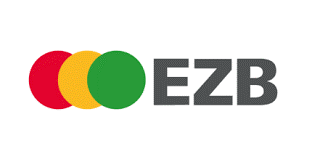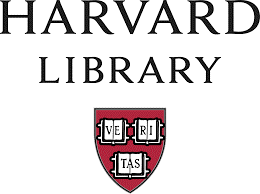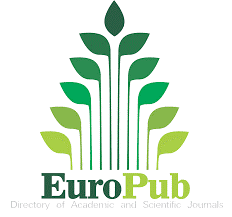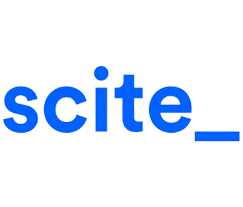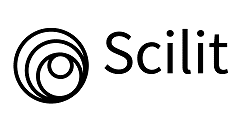Política Antiplagio
Authors guarantee the originality of their manuscripts, committing to avoid plagiarism—defined as the appropriation of texts from others without citation, even with permission—and to refrain from excessively reusing their own texts, so that similarity with previous works does not exceed 20% and detected similarity does not surpass 8%. Should this occur, the article will undergo a thorough review of its sources, and the author will be notified, with the possibility of either rejecting the work or requesting its revision with the appropriate citations. Additionally, the article must be unpublished, not under evaluation by another publication, and not previously published, except for updated works derived from scientific presentations, provided that their origin is specified to the editorial board.
-
Use of Plagiarism Detection Software
The journal employs specialized tools for detecting similarity, such as Turnitin or CopyLeaks. A maximum similarity threshold of 8% is established, excluding citations and references. -
Multi-Stage Review
Plagiarism control is performed at different stages of the editorial process:- Before peer review: to discard manuscripts with high similarity.
- After peer review: before final acceptance, to verify that revisions have not introduced non-original content.
-
Types of Plagiarism Considered
The journal recognizes and sanctions various forms of plagiarism, including:- Direct plagiarism: Literal copying without citation.
- Paraphrasing plagiarism: Reformulating ideas without giving proper credit.
- Self-plagiarism or duplicate publication: Excessive reuse of previous works by the same author without proper reference.
- Mosaic plagiarism: Combining fragments from different sources without acknowledgment.
- Data fabrication or manipulation: Falsifying results to fit hypotheses.
-
Consequences of Plagiarism
If plagiarism is detected in a manuscript, measures may include:- Immediate rejection of the article.
- Notification of the authors and their institutions in severe cases.
- Prohibition of future submissions from the implicated authors.
- Retraction of published articles if plagiarism is discovered post-publication.
-
Declaration of Originality and Copyright
Authors must ensure that their manuscript is unpublished, has not been simultaneously submitted to another journal, and complies with citation standards in accordance with Creative Commons Atribution-NonComercial-ShareAlike 4.0. -
Retraction and Correction Policies
If plagiarism or unethical practices are detected after publication, the journal follows protocols based on the guidelines of the Committee on Publication Ethics (COPE). This may include:- Corrections (errata) if the issue is minor.
- Expressions of concern if further investigation is required.
- Retraction of the article, accompanied by an official notice explaining the reasons.



